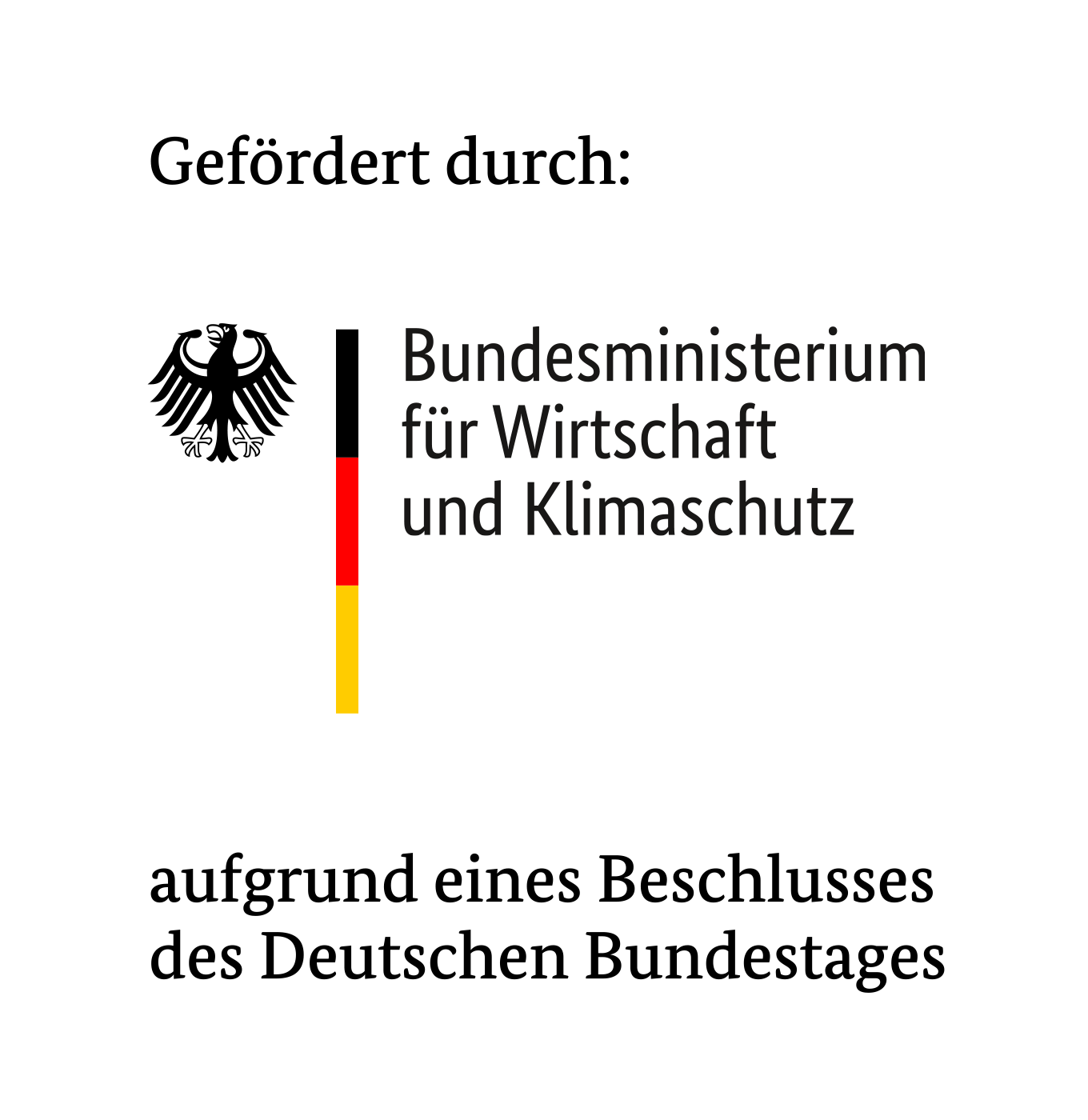WAKOS - Hydrogen Conditioning and Safety for Innovative Drives
The Chair of Software Engineering is participating in the joint project WAKOS (WAsserstoffKOnditionierung und Sicherheit für neuartige Antriebe/ engl.: Hydrogen Conditioning and Safety for Innovative Drives) as part of the sub-project "Model-based Verification for the Safety Analysis of Novel Hydrogen-based Drives". The Otto-von-Guericke-University Magdeburg, which focuses on safety analysis and verification, is involved in the HAP2.4 topic block. The core content is the design of techniques for the model-based verification of the safety of the WAKOS overall system.
WAKOS Network Project
The expected increase in demand for transportation services will only be met by more efficient and climate-friendly air transport systems in the future. Measures to reduce the environmental impact are therefore aimed at significantly reducing CO2 emissions from fossil sources, but also non-CO2 effects through to zero-emission aircraft. The use of hydrogen for new types of aircraft propulsion is seen as a possible path towards zero-emission aviation.
The WAKOS project aims to develop technologies for the use of liquid hydrogen as an energy source for new types of aircraft propulsion systems. The aim is to develop and implement a new type of combustion chamber and the necessary control, regulation and distribution systems for conditioning liquid hydrogen, taking into account relevant operating conditions, safety aspects and aviation-specific requirements.
With a view to future certification, the capabilities for establishing a verification chain from the tank to the drive for safe system operation as well as for fire safety are to be developed and verified through simulation and tests using an experienced, institutional and industrial partner network.
To achieve these objectives, the project will focus on developing and verifying a new type of combustion chamber for hydrogen operation and a hydrogen management system for conditioning liquid hydrogen for the combustion process against the performance and safety requirements of an airworthy system.
To verify and optimize safe LH2 and GH2 process control, component, process and control models are developed and implemented in simulations to predict the operating behavior of a liquid hydrogen tank and the hydrogen distribution system in accordance with aviation requirements.
Another key aspect of the project is the investigation of all relevant aspects of fire hazards in the vicinity of hydrogen-carrying components in commercial aircraft and solutions to prevent them. To this end, active and passive fire safety solutions are being developed and verified together with environmentally friendly active fire suppression concepts using extinguishing agents with extremely low global warming potential (GWP).
The challenges of the project lie in the complex process control of a liquid hydrogen system and an efficient combustion chamber under full load conditions, as well as in the development of methods for determining and verifying relevant process parameters and interface requirements.
Sub-Project "Model-Based Verification for the Safety Analysis of Novel Hydrogen-Based Drives"
A concrete goal of the Chair of Software Engineering within the framework of the project is the development of new and the transfer of model-based formal analysis methods already available in research and their integration into the development process of a planned new type of tank system.
One focus here is the translation and integration of various design models, as they arise during the development of such complex hydrogen systems. In order to improve the holistic view of the system, it must be possible to consider models of individual subcomponents in an integrated manner. To this end, it is planned to research semantic-preserving model transformations through which models of the relevant subsystems are to be integrated into a model to be analyzed.
In addition, automated, qualitative and quantitative, formal analysis methods are being researched, which further improve the already very sophisticated safety analysis for systems of high complexity. This includes, for example, the automated calculation of so-called minimum intersections of fault combinations that lead to the violation of given safety objectives. Building on this, the calculation of the "average risk" and the determination of critical system components will also be automated. A precise definition of the analyses to be implemented will be created in the course of the project.
In order to be able to use the results of the analyses in the design process beyond the safety analysis, a suitable representation of the results is required. If possible, this should also be done in the original design models to be analyzed.
In conjunction with the methods to be developed for the representation of results through the safety analysis for a liquid hydrogen tank, a contribution will be made to the goal of environmentally friendly aviation in this project. In addition, it will improve our own understanding of the system and enable us to communicate more efficiently with the authorities on the basis of the models (see ESA research agenda 2020-2022).

